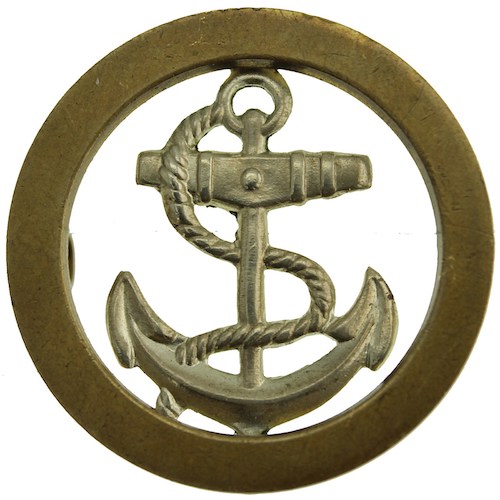Personal Details
Born: 16 July 1899 in Iscoyd, Flintshire, Wales and baptised 12 August 1899 in Hanmer parish church.
Family: He was the son of Albert John Eaton, a plumber, and his wife Mary. He married Norah Glancey on 12 October 1927 in Ontario, Canada and together they had two children – Iris Gwendolyn and Albert Cyril.
Residence: In 1901 he lived in High Street, Malpas, Cheshire. He emigrated to Canada in 1924 and in 1927 lived at 99 Homewood Avenue, York, Ontario. His children were born in 1928 and 1933 in Toronto. In 1949 his address was Box 110, Route1, Apopka, Orange State, Florida, USA and in 1950 338 E South, Apt 4, Orlando, Florida, USA.
Employment: He was a painter.
Died: 25 November 1963 in Orlando. Buried in Greenwood Cemetery, Orlando.
Military Details
Regiment: Royal Navy
Rank: Stoker
Service Number: K44247
Date of Enlistment: 17 July 1917
Date of Discharge: 10 March 1919
Reason for Discharge: Demobilisation
Thomas was awarded the Campaign Medals (British War Medal, and Victory Medal).

The British War Medal (also known as 'Squeak') was a silver or bronze medal awarded to officers and men of the British and Imperial Forces who either entered a theatre of war or entered service overseas between 5th August 1914 and 11th November 1918 inclusive. This was later extended to services in Russia, Siberia and some other areas in 1919 and 1920. Approximately 6.5 million British War Medals were issued. Approximately 6.4 million of these were the silver versions of this medal. Around 110,000 of a bronze version were issued mainly to Chinese, Maltese and Indian Labour Corps. The front (obv or obverse) of the medal depicts the head of George V. The recipient's service number, rank, name and unit was impressed on the rim.
The Allied Victory Medal (also known as 'Wilfred') was issued by each of the allies. It was decided that each of the allies should each issue their own bronze victory medal with a similar design, similar equivalent wording and identical ribbon. The British medal was designed by W. McMillan. The front depicts a winged classical figure representing victory. Approximately 5.7 million victory medals were issued. Interestingly, eligibility for this medal was more restrictive and not everyone who received the British War Medal ('Squeak') also received the Victory Medal ('Wilfred'). However, in general, all recipients of 'Wilfred' also received 'Squeak' and all recipients of The 1914 Star or The 1914/1915 Star (also known as 'Pip') also received both 'Squeak' and 'Wilfred'. The recipient's service number, rank, name and unit was impressed on the rim.

